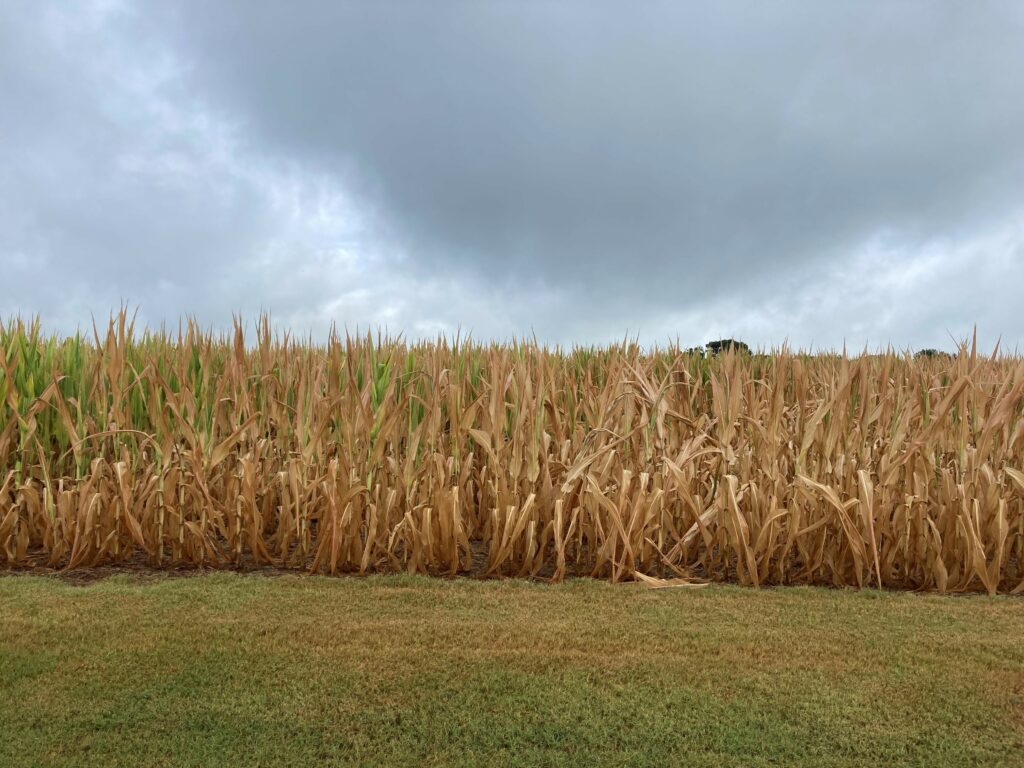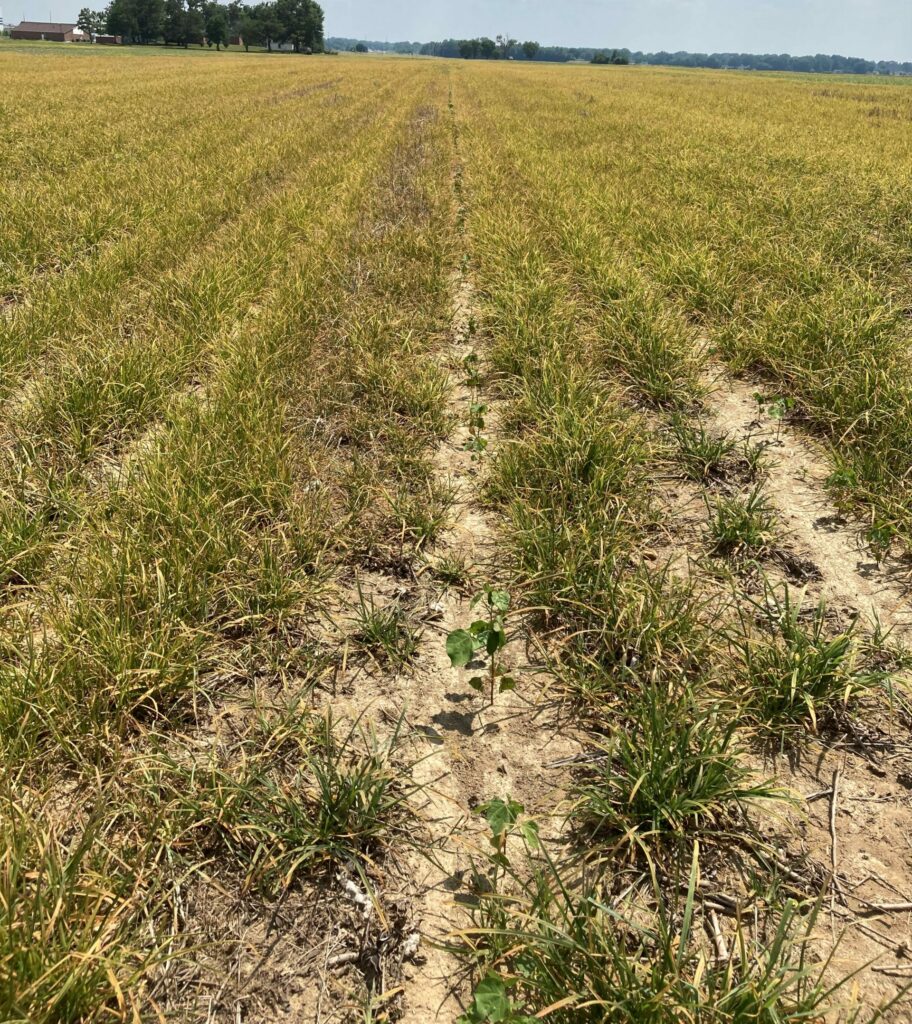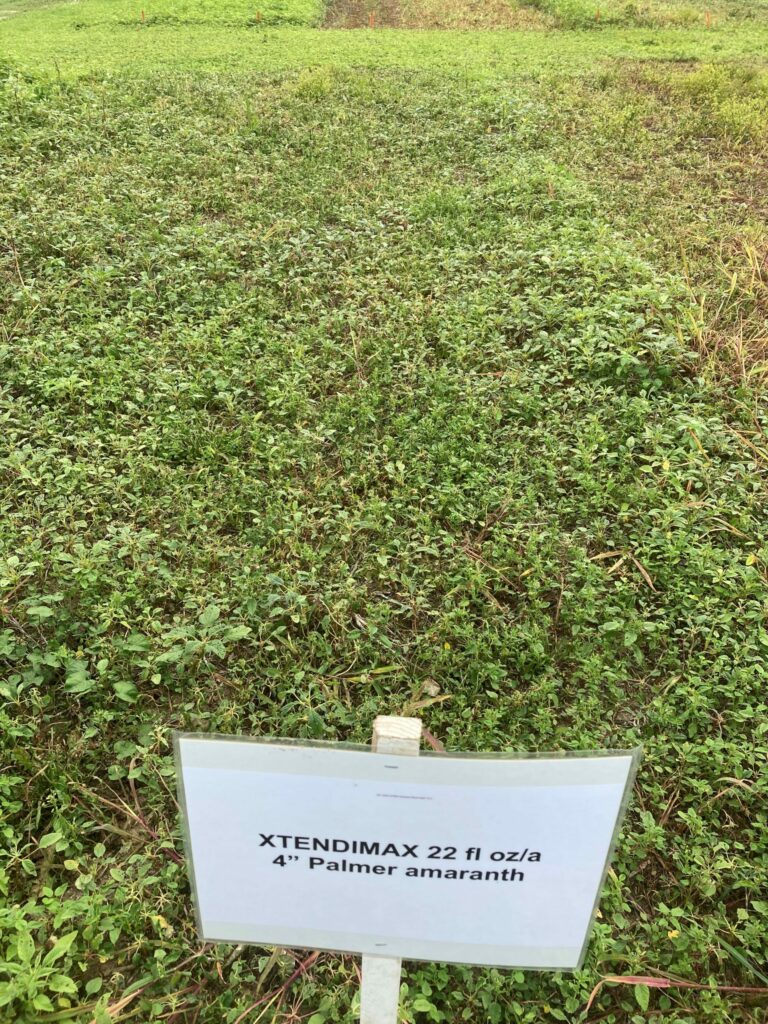
What are some options to control volunteer XtendFlex soybeans in XtendFlex cotton fields? As mentioned in an earlier blog both Envoke and Staple look to be potential answers to this new issue but without data it was difficult to say. It was brought to my attention that Dr. Alan York, emeritus Professor at North Carolina State University, actually has some data on this problem. A study was conducted in North Carolina and Georgia in 2000 and 2001 with the objective of examining if Envoke, Staple or MSMA could control Roundup Ready volunteer soybean in Roundup Ready cotton. Continue reading




